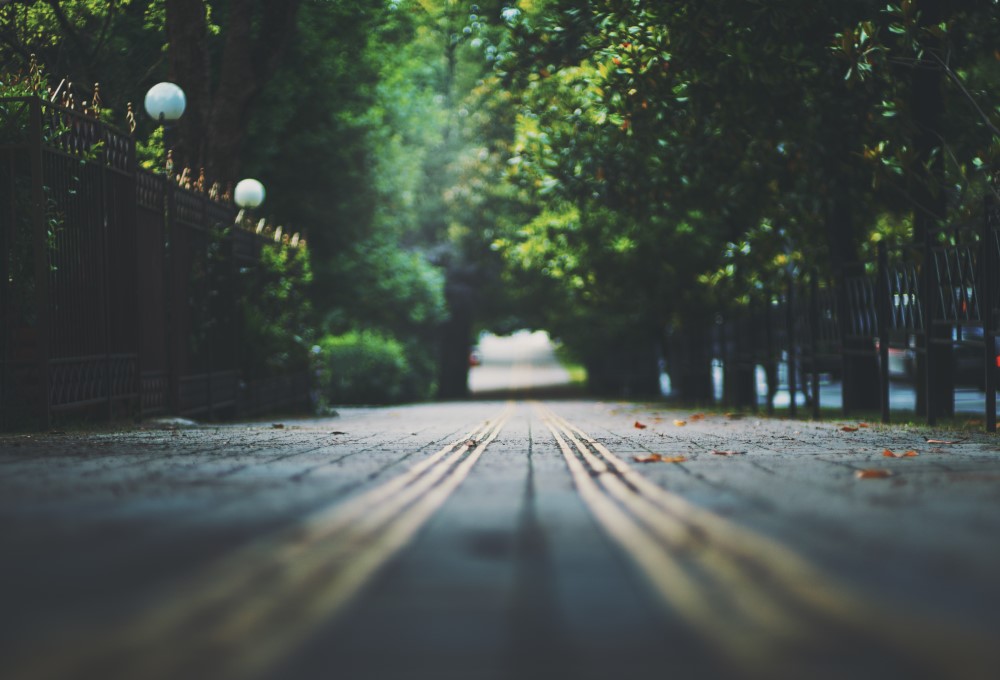Traditionally urban areas are associated with asphalt, traffic jams, noise and pollution. However, these concepts have been giving way to others in recent times, such as low emissions zone, sustainable mobility alternatives, green areas and urban gardens, among others.
These new concepts, which we could include within ecological urbanism, imply that in all cities there are more and more areas with vegetation. All these changes stem not only from a trend but are also regulated in spatial planning regulations, where it is increasingly required that the percentage of green areas per population density or per km2 of land area is higher.
Changes in the planning of cities affect in two ways, either in the extensions of the same (land development) or the remodeling of the existing planning, changing it within the possibilities to make them more habitable and adapted to the new concepts of urban mobility.
With regard to urban centres, the trend is to make more and more pedestrian areas and to limit traffic to vehicles, reducing air and noise pollution in those areas. Most of these regulations are in line with the increasing number of studies that state that the increase of green areas has multiple benefits in the population, both reducing mortality and improving the quality of life. These can be direct, such as improving air quality or regulating temperature (especially in summer) or indirect, such as encouraging sports, encouraging social interaction or helping to maintain good mental health, as various studies relate the existence of greenways and garden areas favors relaxation, people relate and practice outdoor sport.
And what does all this have to do with steel grating?
Because with more green areas, there will also be more trees. Trees in urban areas are usually protected by tree metal guards, for the reasons we will now expose. And these pits can be made of steel grating.
The tree metal guard can be defined as the hole where the tree is planted, serving to accumulate the irrigation or rain water and allow root ventilation of the roots. This is why it has to have a minimum dimension according to the type and size of tree. The importance of protecting the treetops by means of treetops (worth the redundancy) of metal grating lies above all in avoiding falls at different levels of pedestrians.
In most situations, we find that the sidewalk and the holes where the trees are located at different levels, usually below, so it can pose a risk of falling for children, older people or a distracted passerby. With a grating frame we will be able to leave the shaft at the same height as the sidewalk, avoiding the risks of falling. This way we can also protect irrigation systems.
We can also find trees in pedestrian or residential areas where vehicles can access private parking. In this situation it will be necessary to know if they pass over the pits, because if so the grating must be designed to withstand this weight.
Finally, in addition to the practical or security purpose of the trellis in tramex grating, we should also mention the aesthetic that they bring to urban design as opposed to other options such as covering the gaps with cement, although the aesthetic part is always a subjective opinion.
Innovations in tree protection
In addition to the tramex grid, there are innovations in the design of tree pits and irrigation systems that can improve tree health. Automated irrigation systems and moisture sensors are valuable tools that allow for efficient water management, preventing both over-watering and drought, which contributes to the overall health of the trees.
The protection of trees in urban areas is a fundamental aspect that goes beyond aesthetics. It involves a variety of benefits that impact the quality of life, health, and well-being of citizens. By using appropriate methods such as the tramex grid and an integrated approach that includes environmental education and innovative technology, we can ensure that trees remain a vital component in urban design and development.

